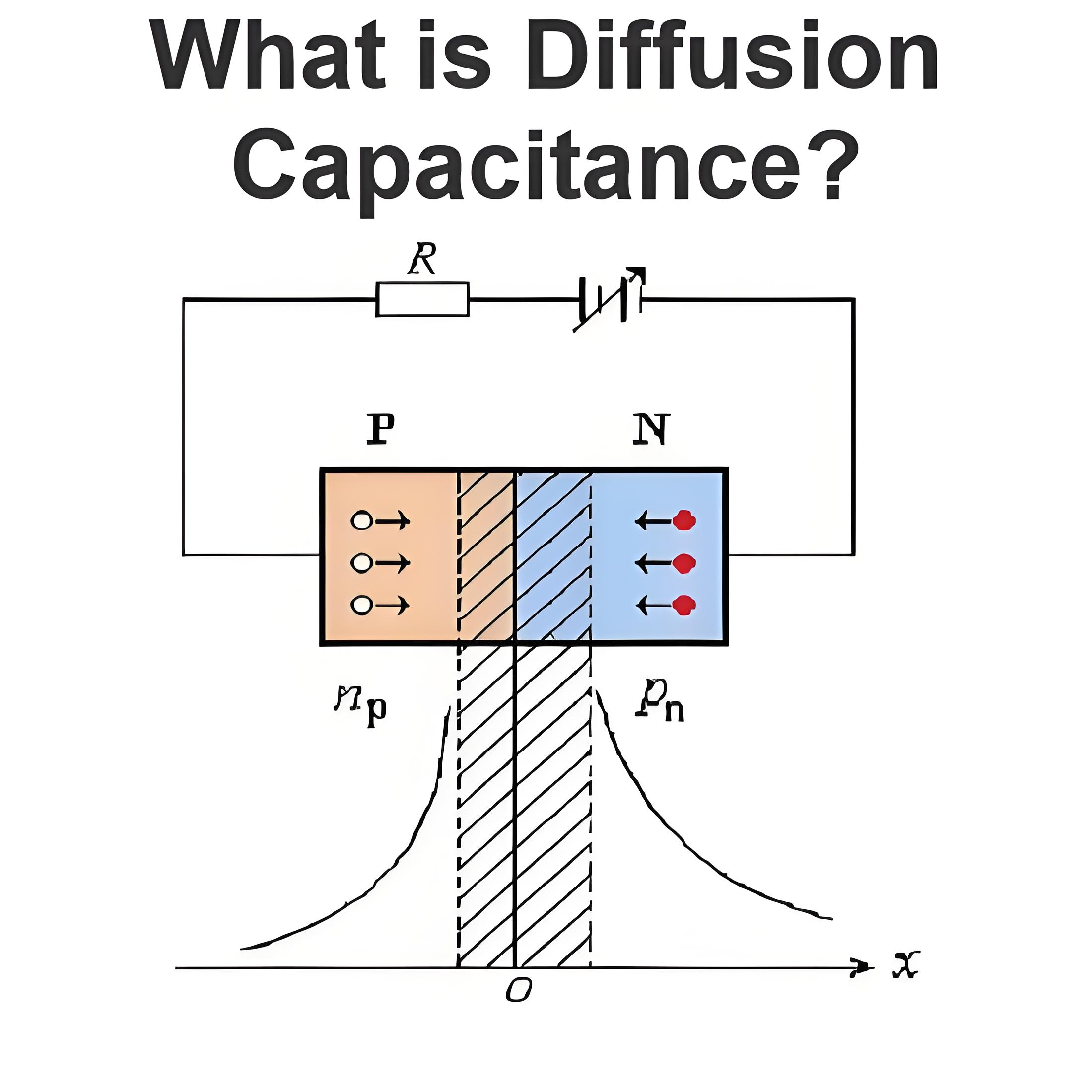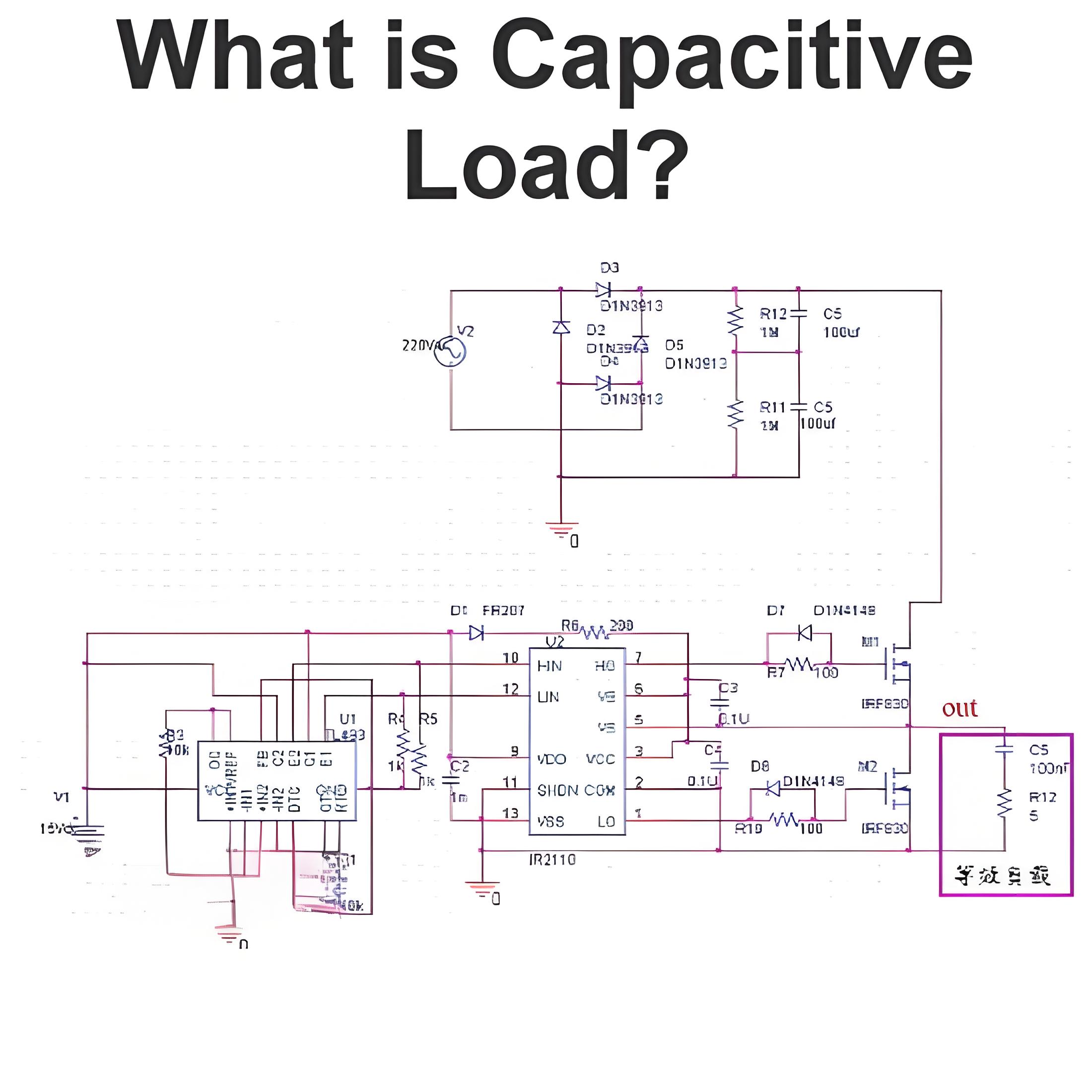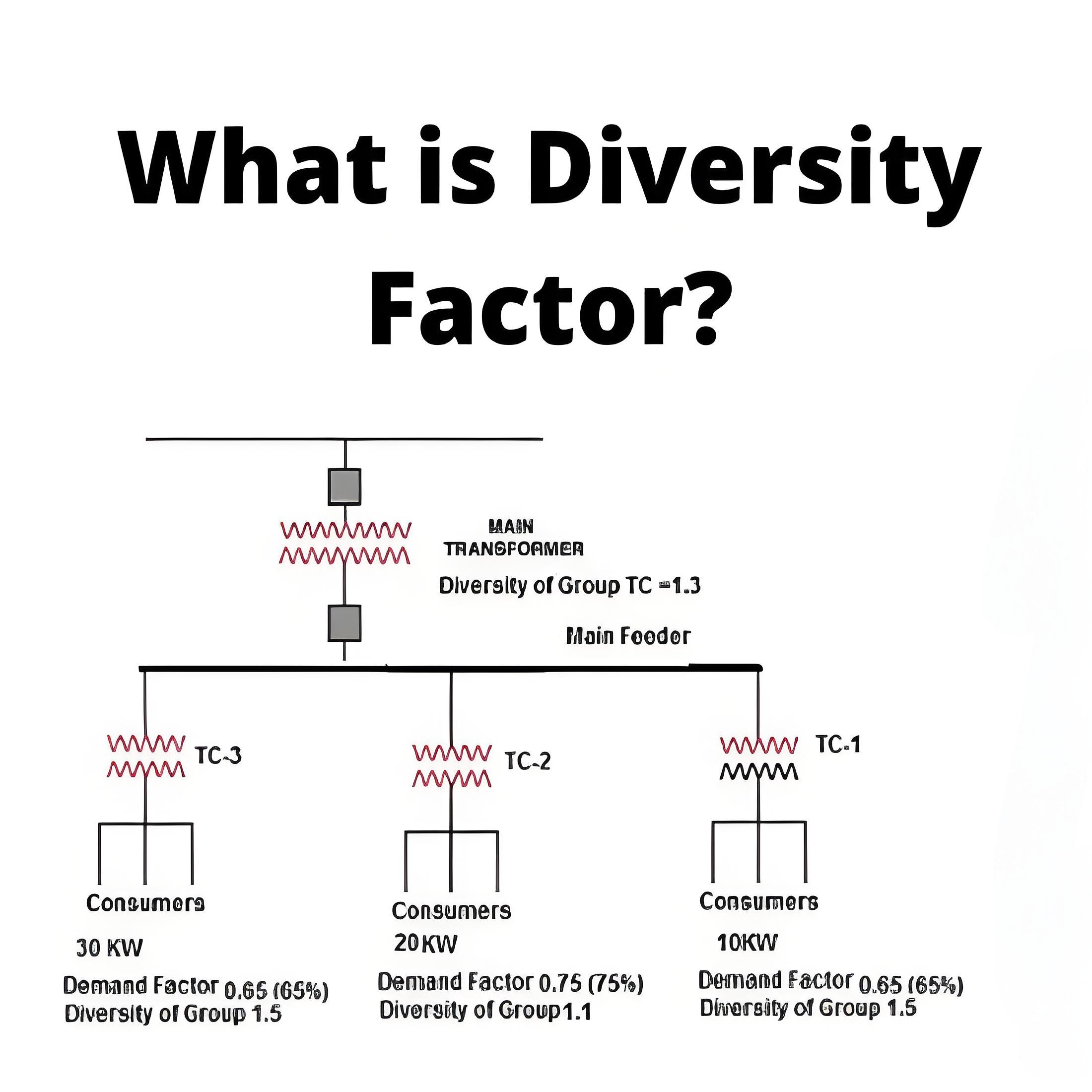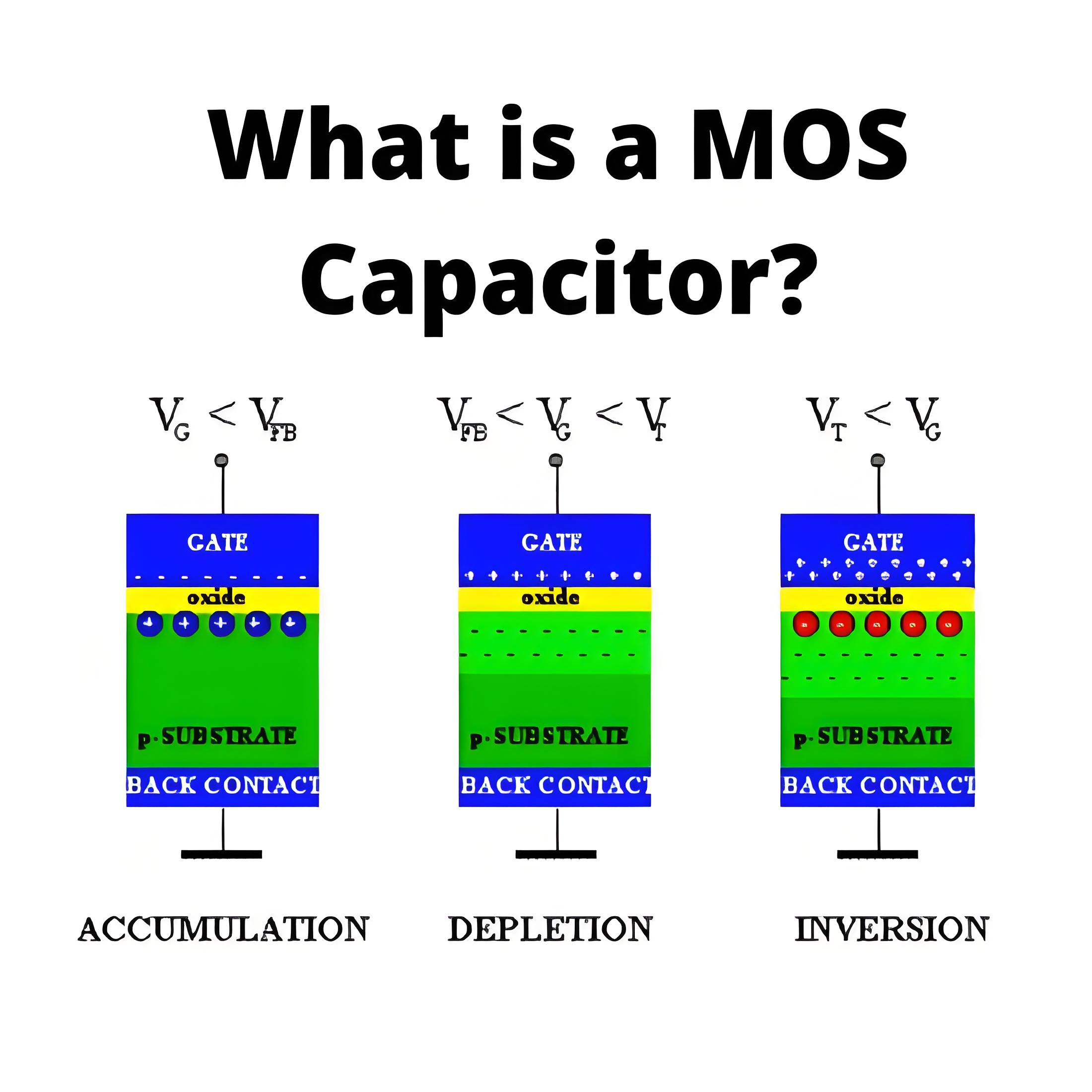Electrolytic Capacitor
An electrolytic capacitor is a special type of capacitor which uses an electrolyte for achieving higher capacitance ranging from 1uF to 50mF value, unlike other capacitors. An electrolyte is a solution having a high concentration of ions in it. Aluminium electrolytic capacitor, tantalum electrolytic capacitor and niobium electrolytic capacitor are three class of electrolytic capacitors used. For example in aluminium electrolytic capacitor, two aluminium metal foils are used as electrodes. The aluminium metal foil with purity around (99.9%) and thickness around 20-100 um is made the anode while the cathode can be of modest purity level about 97.8%. Due to electrochemical process (anodization) of the anode, a layer of aluminium oxides forms on its surface while cathode also develops an oxide layer on its surface, but it is thinnest hence serve no use. The oxide layer gets formed on the anode surface serves as a dielectric medium for the capacitor and is responsible for its high capacitance per unit volume as compared with other capacitors.
The surface of both the anode and cathode are roughened so to increase the surface area and thus increases its capacitance per unit volume. The construction of an electrolytic capacitor involves stacking of two aluminium foils with a spacer, i.e. an electrolyte soaked paper between them so to avoid direct contact between the two foils to prevent short-circuiting of plates.
The stacked arrangement are rolled together and are placed in a cylindrical metal can for providing mechanical strength thus providing it with a compact and robust shape. The electrolytic capacitors due to its robust and compact design are used in various electrical appliances like in computer motherboard. They are widely used as noise filters in electronic circuits, harmonic filters in power supplies and SMPS, etc. The electrolytic capacitors are a polarised capacitor unlike other types of the capacitor so they must be connected properly in circuits with marked polarity. If we connect an electrolytic capacitor in opposite polarity in the circuit, the reverse voltageapplied across the metal foil will destroy the oxides layer formed on the anode, and thus a short circuit will occur which cause excessive current to flow through the capacitor causing heating which results in rupturing of the capacitor.
To safeguard the capacitor, it should be connected with correct polarity especially in the circuit involving high power application. An electrolytic capacitor is not suitable for frequency response above 100 kHz. It has high leakage current because of which these components become hot and rupture when used for longer duration. The component lifespan is very limited around 1000 hours, and they need to be replaced from the circuit after a fixed time. An electrolytic capacitor develops excessive heat when high frequency and high amplitude voltage signal is used due to its high internal resistance. The voltage applied across the foil should be within the limit so to avoid dielectric breakdown and to prevent heating of the capacitor due to excessive current is drawn by it. Electrolytic capacitor’s high capacitance value, small size and low-cost value is responsible for its high usage in various power appliances involving high current or low-frequency operation typically below 100KHZ applications.
Source: Electrical4u.
Statement: Respect the original, good articles worth sharing, if there is infringement please contact delete.
Welcome to our electricity community! Established to facilitate the exchange and cooperation in the electricity industry and bridge professionals, enthusiasts, and related enterprises.





